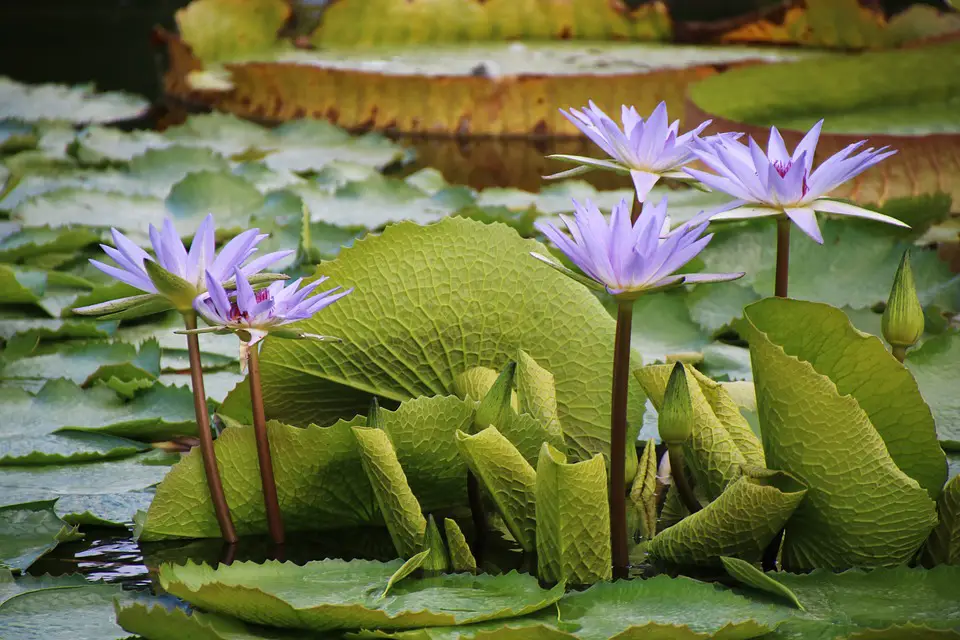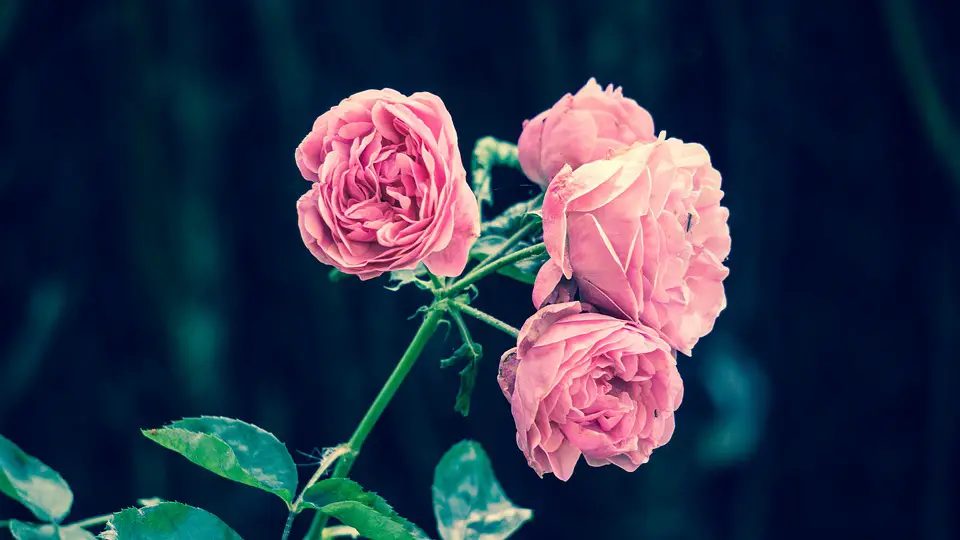We use affiliate links to run our site. When you buy through links on our site, we may earn an affiliate commission, without any added cost to you. Learn more
Take advantage of your garden assets. Every garden has some strong points or the other. But most of the time people complain about what they are missing.
There is no harm in improving your garden conditions, but it is also important and sometimes more fulfilling to utilize the prevailing conditions and use them to their full effect.
In this article, we want to emphasize these points. Here are some of these garden conditions which bother people, and just how you can use them to your benefit.
Too Much Sunlight:
If your garden receives bright sunlight most of the time, you should consider yourself lucky. Very few plants in this world don’t like bright sunlight. Most vegetables and fruit-growing plants require at least six hours of direct sunlight.

Many bright-colored flowers grow fantastically well under bright sunlight. You can choose a variety of colors and combinations.
Here are some of the plant suggestions for your garden if it receives bright sunlight most of the time:
- Tomatoes: Tomatoes are a popular choice for sunny gardens, as they require six to eight hours of direct sunlight each day to grow and produce fruit.
- Sunflowers: As the name suggests, sunflowers love the sun! These cheerful flowers grow tall and strong when planted in areas that receive full sunlight.
- Peppers: Whether you prefer sweet bell peppers or spicy chili peppers, these plants need plenty of sun to thrive. Plant them in a sunny spot and watch them flourish.
- Zinnias: Zinnias come in a variety of bright, bold colors and are a favorite among gardeners who love to attract pollinators. They need at least six hours of direct sunlight to grow and bloom.
- Pumpkins: If you have a large, sunny space in your garden, consider growing pumpkins. These sprawling plants need plenty of sun and room to spread out, but they’ll reward you with plenty of pumpkin goodness come harvest time.
Lack of Sunlight:
If your garden conditions are just the opposite of the previous one i.e, you rarely receive bright sunlight; you don’t need to worry. Consider this as an opportunity to create a

One of the major benefits of having a darker garden is that you don’t need to worry about wilting of plants. It will provide a fresher look to your garden.
Not every plant requires 6 hours of direct sunlight; grow leafy vegetables. Many flowers actually prefer dark environment and not the direct sunlight.
Some examples of plants that thrive in shady conditions include ferns, hostas, astilbes, impatiens, and begonias.
You can also grow leafy vegetables such as lettuce, spinach, and kale, which don’t require as much direct sunlight as other vegetables.
Additionally, you can use shade-loving flowers such as violets, hydrangeas, and bleeding hearts to add color and beauty to your garden. With the right plant choices and proper care, your shady garden can be just as lush and thriving as a sunny one.
Dry Conditions:
If your garden soil and surroundings are too dry, and you think it is not possible to grow anything; think again. These days, there are so many options available with growers that you don’t even need to think about watering most of the time.

The options are endless. You might think this as a blessing in disguise. You can start with the nursery shops and ask for their help in selecting the
Here are some plants that can thrive in dry conditions:
- Cactus: Cacti are one of the most well-known plants that can survive in dry conditions. They come in a variety of shapes and sizes and require very little water.
- Lavender: Lavender is a drought-tolerant plant that thrives in hot and dry conditions. It’s known for its fragrant flowers and is commonly used in aromatherapy.
- Succulents: Succulents are another type of plant that can survive in dry conditions. They store water in their leaves, which allows them to go long periods without water.
- Sage: Sage is a drought-tolerant herb that can grow well in dry conditions. It’s commonly used in cooking and has medicinal properties as well.
- Agave: Agave is a succulent plant that’s commonly found in arid regions. It’s known for its striking appearance and is commonly used in landscaping.
- Yucca: Yucca is a plant that’s native to hot and dry regions. It has long, sword-shaped leaves and produces white flowers.
- Rosemary: Rosemary is an herb that can thrive in dry conditions. It’s commonly used in cooking and has a fragrant aroma.
These are just a few examples of plants that can thrive in dry conditions. With the right care and attention, these plants can add beauty and interest to your garden, even in the driest of conditions.
Wet or Soggy Condition:
Don’t neglect these parts of the garden just because they are soggy and damp. Grow plants that love damp environments.

This might look a little unconventional but it will help to redecorate your landscape. Skunk cabbage can be a good option for this type of environments. You can check this article for a detailed list of various plants for this kind of environment.
Acidic Soil:
A soil pH lower than 6.5 is called acidic soil. Acidic soil is actually good for many plants. Potatoes, Strawberries, Radishes etc love acidic soil.

You can also turn your empty acidic patch of land into a rose garden in case the soil is slightly acidic. Different types of fern also grow well in acidic soil.
Alkaline soil:
In contrast to the above here, the soil pH is 7.5 or more. Other than lowering the pH (which is always an option), you can also use the conditions to grow plants that are more suitable to grow in alkaline soil.

Plants such as Sunflowers, Daisies, Leeks, Oranges are ideal for alkaline soil. You can also opt for plants like Maple is you have the required space.
These are just some of the examples. You can always use your creativity and gardening knowledge to create more such solutions.
What do you think about the article? Give your feedback using the comment box below. We would like to hear from you.
Amazon and the Amazon logo are trademarks of Amazon.com, Inc, or its affiliates.
